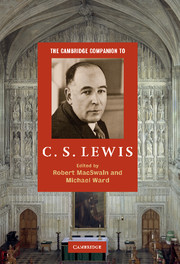8 - On naturalism
from Part II - Thinker
Published online by Cambridge University Press: 28 November 2010
Summary
'Naturalism' may be loosely defined as the thesis that nature alone exists. This is a good start, so long as we then define 'nature' but, unfortunately, at this point self-described naturalists differ dramatically. Forms of naturalism sometimes called strict or scientific see nature as, ultimately, that which may be described and explained in terms of a complete physics. This is very strict indeed, for lots of things like consciousness itself, desires, and values do not appear to be likely items in a complete physics. This form of naturalism (also described as puritanical naturalism because of its severity) differs from broader naturalistic accounts of nature that both privilege the natural sciences and also allow for whatever is identified by the social sciences. Broad naturalists often allow for the emergence of consciousness among humans and some non-human animals, they certainly accept the types of realities identified in evolutionary biology, and so on. The biologist Richard Dawkins is representative of a broad form of naturalism whereas the philosopher Richard Rorty is a strict naturalist. The one thing that all broad and strict naturalists agree on is that there is no God, no souls or afterlife, and no irreducible, objective moral values. A moral value is 'reducible' if you can reduce it to claims that do not involve moral truths, as, for example, if one were to claim that the assertion 'Murder is wrong' is really only to assert that 'I hate murder' - the latter is simply a state of emotional revulsion and not an objective moral truth.
- Type
- Chapter
- Information
- The Cambridge Companion to C. S. Lewis , pp. 105 - 118Publisher: Cambridge University PressPrint publication year: 2010
- 1
- Cited by



